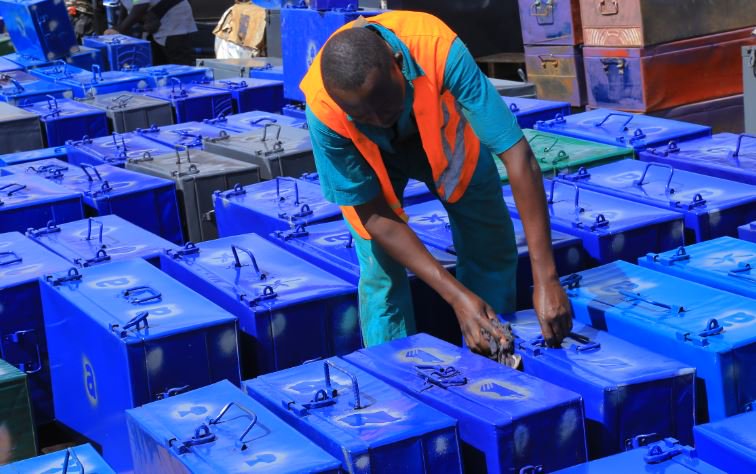By Viffaconsult
Kenya announced the establishment of an SME credit guarantee scheme in April as part of wider stimuli to the economy and more specifically to boost Small and Medium Enterprises (SMEs) who play a vital role in the country’s socio-economic development.
Further, the Central Bank of Kenya (CBK) reached out to four international lenders namely World Bank, International Finance Corporation (IFC), European Investment Bank, and the African Development Bank (AfDB) in its effort to craft a credit guarantee scheme to help small and medium enterprises (SMEs) survive the coronavirus crisis.
The four international financiers according to CBK are expected to provide technical expertise and may contribute funds on top of the Ksh3 billion seed capital that the National Treasury has set aside to cushion banks that lend directly to SMEs.
Whilst the credit guarantee scheme has the potential to improve financial inclusion of SMEs in Kenya caution must be taken to ensure its customized to meet the realities of Kenya’s SMEs who are quite unique hence avoid failure due to design and implementation challenges.
Key design factors in the design of a credit guarantee scheme are; coverage ratio, total funding, minimum guarantee amount, duration, and eligibility.
These design factors must be constrained within the current SME characteristics being; 79 percent are informal, over 90 percent being micro business as well as their major financing vehicle being family-friends, chama, SACCOs, mobile lenders and banks.
I will focus on challenges of investment policy and guarantee coverage on this article.
The credit guarantee will encourage banks to lend to SMEs considered risky but its effect may be limited if lenders limit amount available for SME lending based on their risk appetite and investment preference as espoused in their investment policy documents.
The guarantee coverage ratio measured as a percentage is the percentage of a loan that banks are covered in case of SME default.
Kenya’s guarantee must ensure that the percentage ratio is significant enough and applied together with the movable property securities act to ensure banks lend to riskier high need borrowers mostly of whom are micro-enterprises either directly or through forward lending to SACCOs, Mobile Credit providers, and registered SME chama groups who a vital in SME lending for micro-enterprises as well as over 70 percent of SMEs who are informal.
This is very important cognizant that SME sector distribution in Kenya which leans majorly on wholesale-retail, motor vehicle-cycle repair, food and accommodation have razor thin margins and with no significant competitive advantage due to competition based on price may not afford high priced credit.
The drafter of the credit guarantee scheme must ensure they course correct the framework design variables to actual realities of SMEs to ensure its successful implementation.












Leave a comment